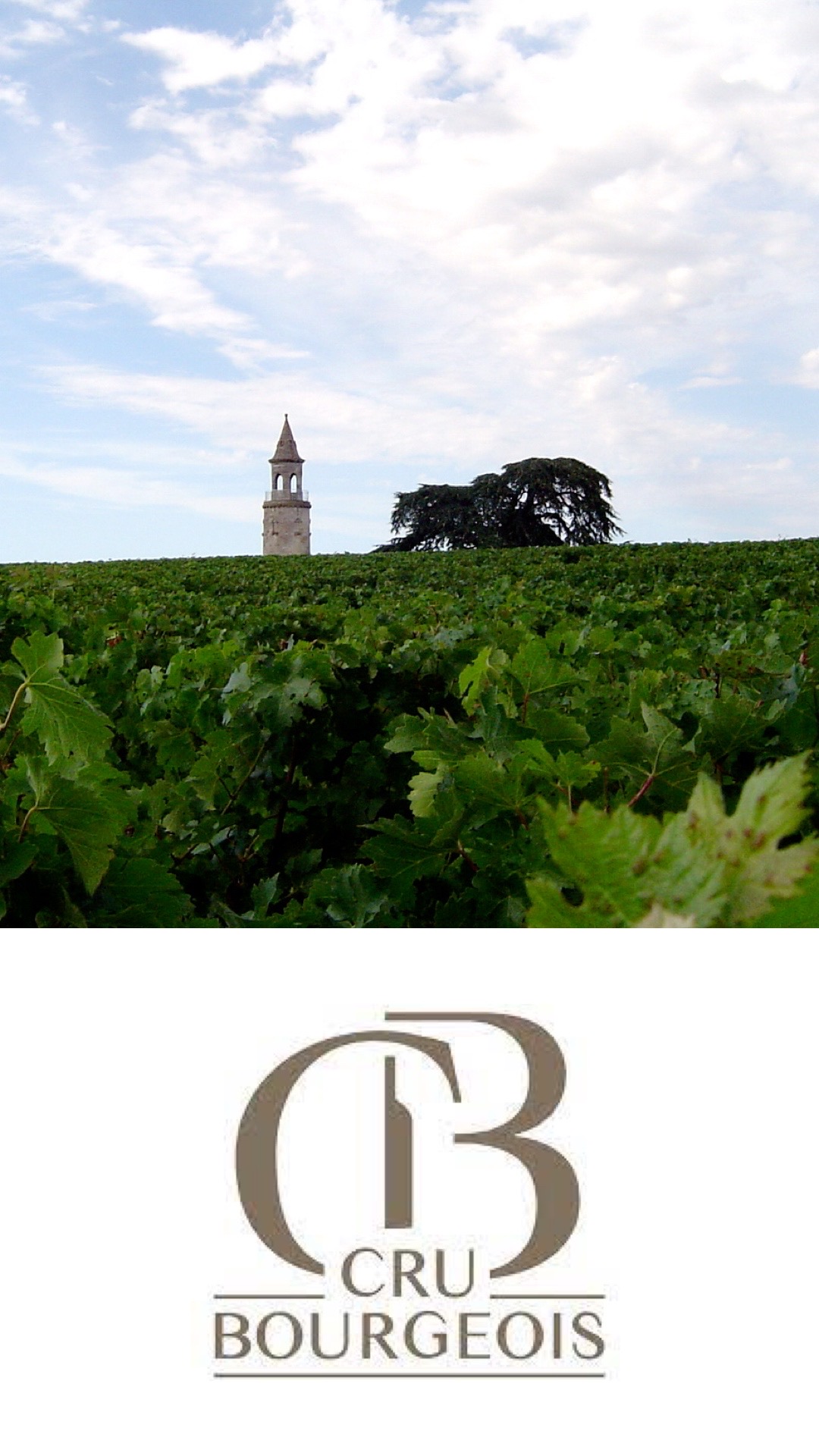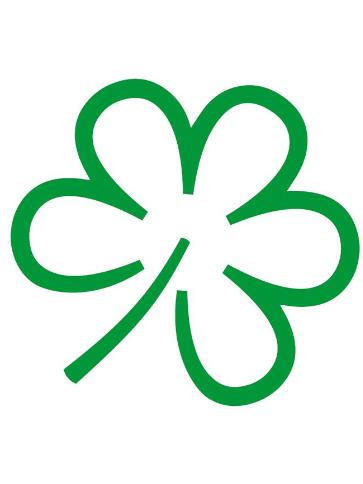L’Alliance des Crus Bourgeois du Médoc announced this week, by press release, that it has significantly raised its environmental standards.
Route des Chateaux, Vineyard in Medoc, amous wine estate of Bordeaux wine, Gironde, France
from the next reclassification exercise (in 2025), all wineries designated crus bourgeois will be required to have demonstrated HEV Level 2 environmental certification. Those seeking classification at Supérieur and Exceptionnel level will be required to have HEV Level 3 certification.
In addition, from 2022, all properties seeking to use their crus bourgeois certification will need to present their wines in bottles that weight no more than 390g (a 22% decrease in the current maximum bottle weight).
The organization states: “with sustainability in mind, the Crus Bourgeois du Médoc has shifted to bottles with less weight. The classification was eager to become a part of the global movement towards more sustainable bottling and packaging, as championed by the famous wine critic Jancis Robinson”.
#winetour #winetours #bestofwinetourism #winetourism #wineexperience #winetravel #wineyards #vignes #vignoble #winemakers #vigneron #terroir #vinrouge #redwinelover #hautmedoc #crusbourgeois #crusbourgeoisdumedoc #environmental #medoc #sustainable #winenews



